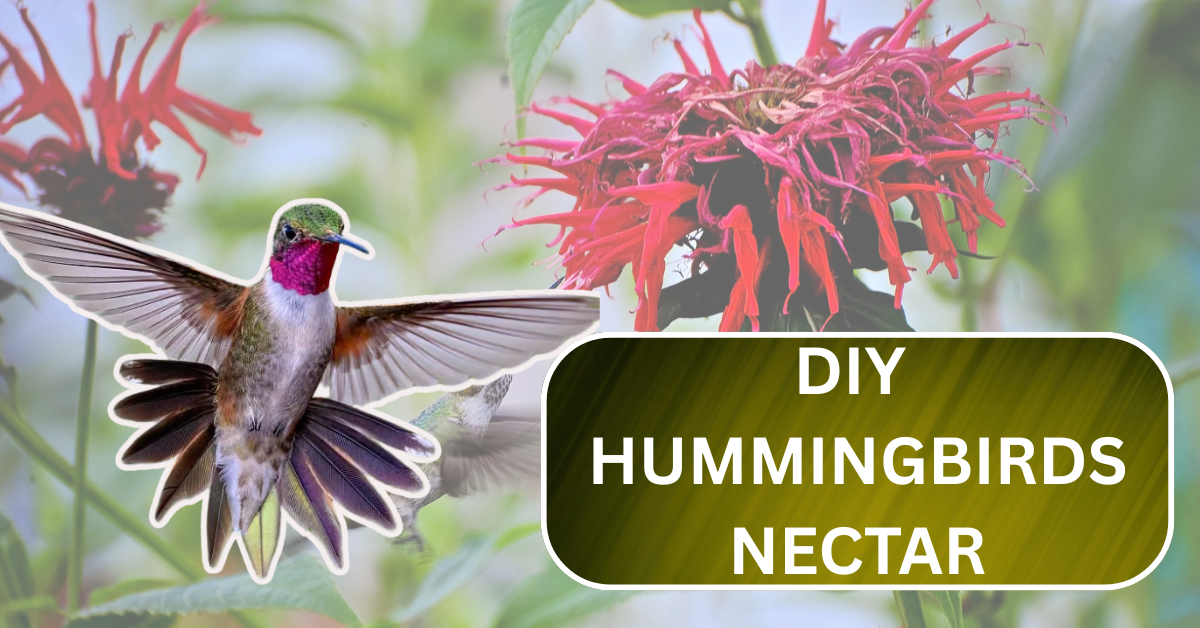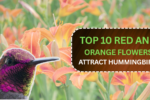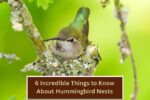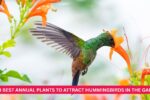Hummingbirds are one of the most beloved bird species among backyard birders across the United States. These tiny, colorful creatures are known for their high-energy flight patterns and their ability to hover in midair, creating an almost magical sight in any garden. For many bird enthusiasts, attracting hummingbirds to their yards is an exciting way to enjoy nature and witness these birds up close.
One of the most effective ways to attract hummingbirds is by setting up a hummingbird feeder, such as the Feed Garden glass hummingbird feeder. But it’s not just the location and timing of your feeder that matter – what you put in the feeder is equally important. After all, hummingbirds are not visiting your feeder just to entertain you – they are there to fuel their high-energy lifestyle.
The Hummingbird’s Nutritional Needs
Hummingbirds require a substantial amount of calories to sustain their high metabolism. These birds expend a lot of energy as they flit around from flower to flower, collecting nectar, or darting from tree to tree in search of insects. A hummingbird can visit hundreds of flowers in one day, consuming a significant amount of nectar to provide the energy required for its active flying. Their diet primarily consists of nectar from flowers, but they also supplement their diet with insects and spiders for protein.
While natural sources of nectar are ideal, there are times when it may be difficult for hummingbirds to find sufficient food, particularly during colder months when flowering plants are less abundant. This is where backyard feeders come in. Having a hummingbird feeder filled with homemade nectar can offer a convenient, calorie-rich food source that helps sustain these tiny creatures. Commercial nectar solutions are available, but making your own nectar is a cost-effective and safe option.
Why DIY Hummingbird Nectar is a Great Choice
Making your own hummingbird nectar is a simple and rewarding way to care for these birds. While you can find ready-made nectar in stores, many commercial versions contain added preservatives, artificial sweeteners, or red dye – none of which are necessary or healthy for the birds. The homemade nectar recipe, on the other hand, ensures that the hummingbirds are getting the purest, safest form of nectar possible.
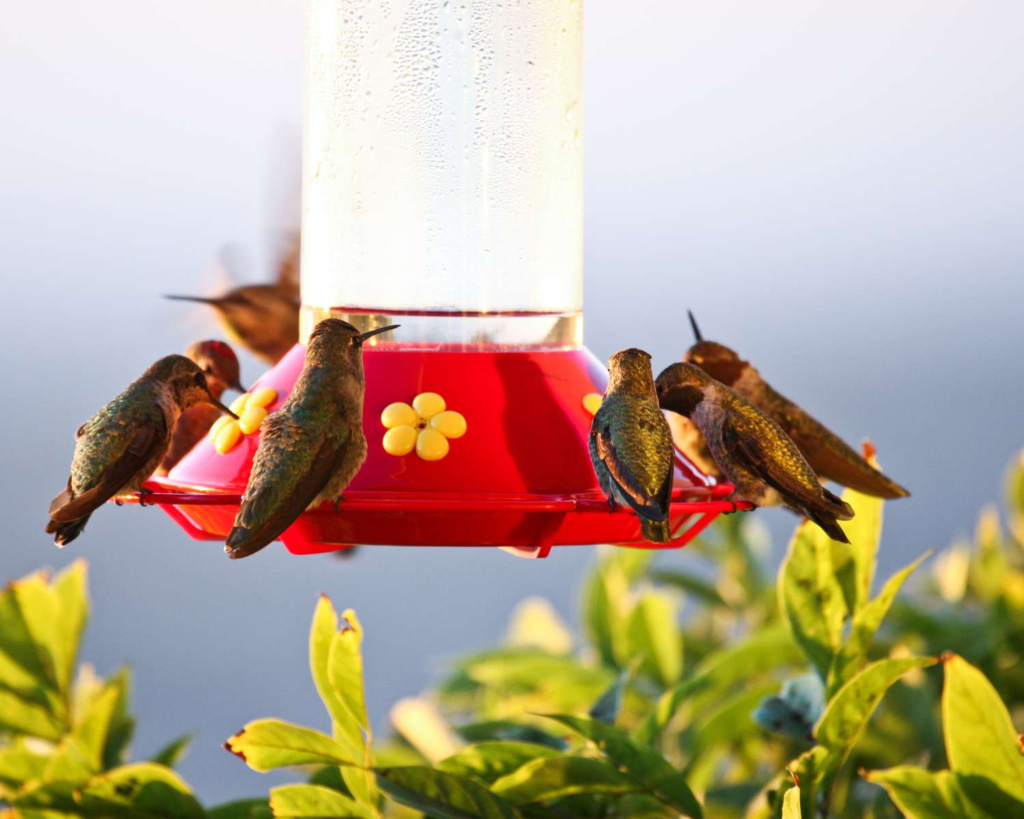
Additionally, by preparing your own nectar, you know exactly what’s going into it. You have control over the ingredients, making it a much safer option for the birds. Also, making nectar at home is a fun and educational experience. Watching these tiny birds feed from your feeder is a joyful and peaceful experience that will make your backyard feel like a mini wildlife sanctuary.
DIY Hummingbird Nectar Recipe
The best part about making your own nectar is how simple it is. All you need are two basic ingredients: refined white granulated sugar and water. That’s it! The key to making the perfect nectar is using the right kind of sugar and ensuring that it is dissolved properly in the water.
Ingredients:
- 1 part refined white granulated sugar
- 4 parts water
Instructions:
- Measure the Ingredients: Start by measuring the sugar and water. A good ratio to follow is 1 part sugar to 4 parts water. For example, you could use 1 cup of sugar to 4 cups of water.
- Mix the Sugar and Water: Pour the water into a mixing bowl or saucepan. Add the sugar to the water and stir until the sugar dissolves completely. It’s important to make sure there are no sugar crystals left in the mixture.
- Boiling Water (Optional): Some people recommend boiling the water to help dissolve the sugar faster, but this step is optional. You can use room temperature or tap water if you prefer. Just make sure the sugar fully dissolves in the water.
- Let It Cool: Once the sugar has completely dissolved, allow the nectar to cool to room temperature before filling your hummingbird feeder.
- Fill Your Feeder: After the nectar has cooled, pour it into your hummingbird feeder. Be sure to follow the instructions for your specific feeder to ensure it’s filled properly.
- Clean the Feeder Regularly: Change the nectar every 2 to 3 days, especially during hot weather, to prevent mold from growing. Clean your feeder thoroughly before refilling it to avoid any buildup that could harm the birds.
Why Avoid Red Dye and Additives
Many commercially available hummingbird nectars contain artificial red dye to attract the birds. While the colour red does attract hummingbirds naturally, as they are drawn to red flowers, there’s no need to add artificial colouring to your nectar. Red dye in nectar can be harmful to hummingbirds, as they can ingest it and potentially suffer adverse health effects.
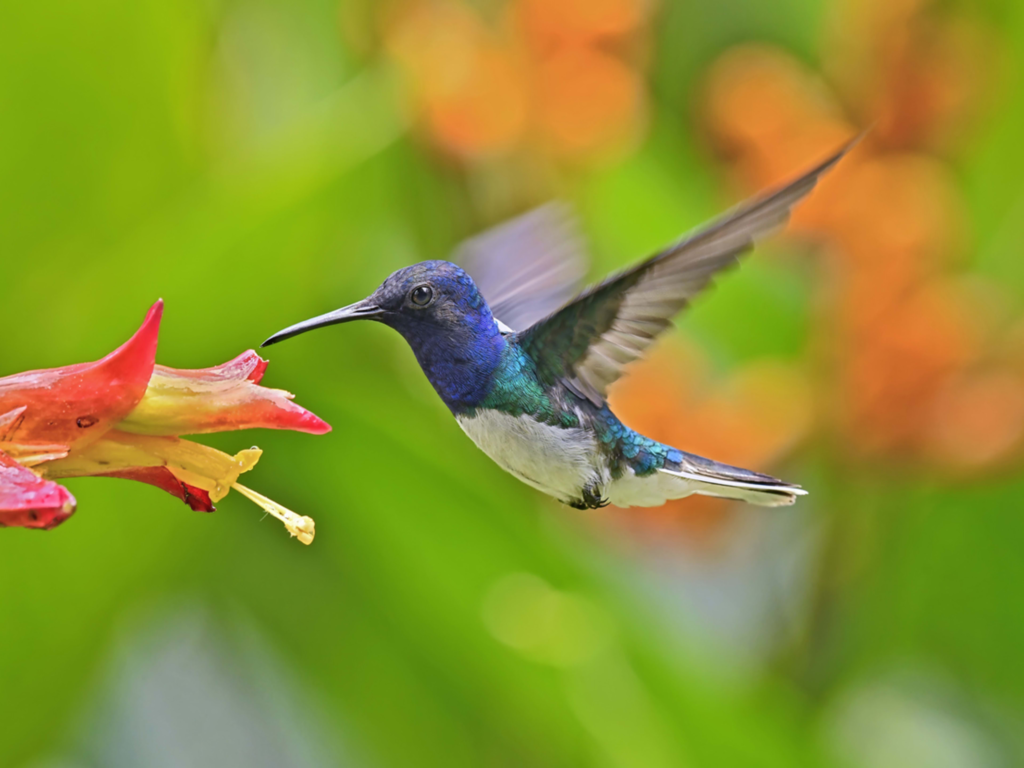
Furthermore, artificial sweeteners, preservatives, or any type of added ingredients should be avoided in homemade nectar. These substances might not be suitable for hummingbirds and can negatively impact their health. By keeping the nectar simple – just sugar and water – you can be sure that you are providing the healthiest food source possible.
Storing Leftover Nectar
If you happen to make more nectar than you can use in one go, you can store the excess nectar in the refrigerator. Leftover nectar can be kept for up to a week. However, make sure you only store nectar in a clean, sealed container to prevent contamination.
When you’re ready to refill the feeder, ensure that you discard any leftover nectar in the feeder that has been sitting for longer than 2 to 3 days, as it may begin to ferment or grow mold. Always clean the feeder thoroughly before refilling it with fresh nectar to keep the hummingbirds safe.
Tips for Attracting Hummingbirds to Your Yard
Making homemade nectar is a great first step in attracting hummingbirds to your yard, but there are additional strategies you can implement to make your backyard even more inviting to these tiny creatures.
- Choose the Right Feeder: Hummingbirds prefer feeders with red accents. Choose a feeder that is easy to clean and refill, with built-in ant moats or bee guards to keep insects away from the nectar. Glass feeders are often a popular choice, as they are durable and easy to clean.
- Plant Native Flowers: Hummingbirds are naturally attracted to brightly colored flowers, especially red, orange, and pink varieties. Try planting native flowering plants in your garden that produce nectar, such as trumpet vine, bee balm, and columbine.
- Provide a Water Source: Hummingbirds are also attracted to water. Consider installing a birdbath or placing a shallow dish of water in your garden to give the birds a place to drink and bathe.
- Ensure Safety: Make sure there are no predators, such as cats or squirrels, that can harm the hummingbirds while they feed. Create a safe environment by placing the feeder in a location where these predators can’t easily access it.
- Use Multiple Feeders: If you want to attract more hummingbirds, consider placing multiple feeders around your yard. This will allow more birds to visit without fighting over a single food source.
Conclusion
Attracting hummingbirds to your yard can be a rewarding experience. By making your own homemade nectar with just two simple ingredients, you can provide these tiny creatures with the nourishment they need to thrive. Not only does homemade nectar offer a healthy alternative to commercial products, but it’s also easy to make, cost-effective, and fun. So, set up a hummingbird feeder, whip up some nectar, and enjoy watching these fascinating creatures flit about your garden. Remember to keep the nectar fresh, avoid harmful additives, and enjoy the company of these beautiful backyard visitors.

Deepak Grover is a dedicated content writer at OTE News, specializing in government affairs, public policy, and current events. With a keen eye for detail and a passion for factual reporting, he ensures readers receive accurate and insightful news. Deepak holds a degree in Political Science and has experience in research-driven journalism.
When not writing, he enjoys reading historical books, exploring hiking trails, and staying updated with global political trends. His commitment to ethical journalism makes him a trusted voice at OTE News.

